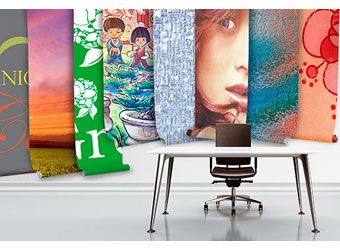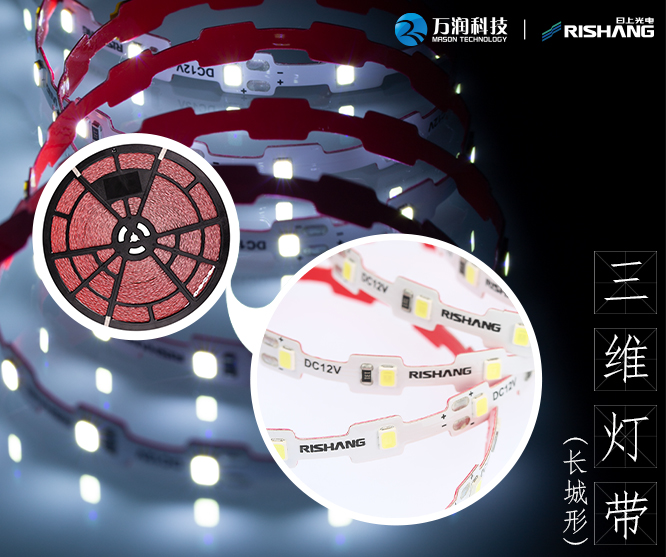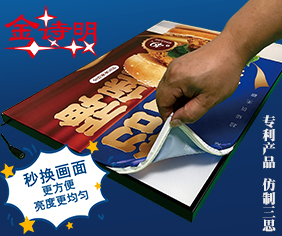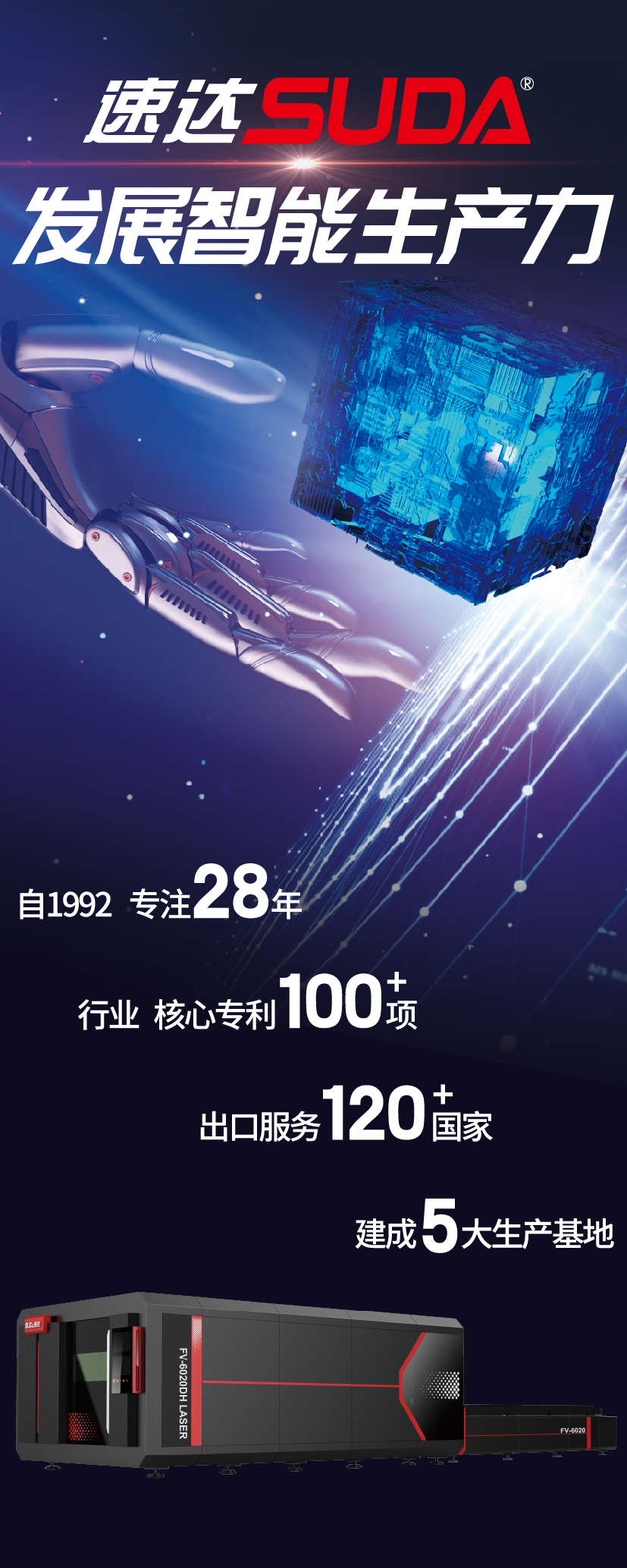
It’s no secret: There’s been an uprising when it comes to the printing of graphics—the digital printing of fabrics.If you’ve been to one of the major tradeshows in the past few years, you've seen firsthand the exponential growth of manufacturers, suppliers, and distributors playing in the fabric side of the market.And you’ve no doubt seen the number of shops like yours investigating this technology.
在图像喷印这个领域中,数码软性介质打印已经悄然兴起。如果你过去几年参加过主要的贸易展览,那么你也一定见证了最初的一些软性介质打印市场在制造商、供应商以及分销商数量方面指数性的增长。或许你也参与了和其他商家关于这种技术的讨论。

After all, printing on fabrics can be applied to a variety of products and markets. It offers advantages over other substrates such as ease of shipping and reduced shipping expenses. It produces a unique aesthetic, as well as texture (both important factors when it comes to salability). And it carries a certain high-end cachet versus vinyl.It's no wonder there's a fabric revolution underway in digital printing.What follows are five considerations to take into account if you decide to add fabric printing to your own digital operation. There are, of course, many other factors, but these five should certainly enter into your fabric equation.
总之,软性介质打印应用领域极为广泛,并且有利于运输并减少运输经费的优点。它拥有和木质喷印一样独特的美感,以及相对于乙烯基来讲,表现也更为优秀(这些都是它能够畅销的原因)。毫无疑问,软性介质的发展带来的对数码喷印的改变正在兴起。如果你决定在你自己的数码打印中加入软性介质喷印,那么下面的五个主要因素是你要着重考虑的。
One: Expanding Your Comfort Zone
扩展你的业务范围
What types of jobs do you want to take on?If you're already producing signage, then soft signage might be an obvious choice—banners, posters, flags, tradeshow displays, out-of-home advertising, and similar applications will come naturally to you. It’s likely that you already have clients and potential clients in your customer mix.
什么样的业务是你想要承接的。如果你之前是生产引导性标识的企业,那么将软性介质的标识纳入生产范围是一个不错的选择——横幅、海报、旗帜、贸易展览会的显示器、和一些户外的广告牌都可以将软性介质打印应用其中。而你的客户和一些潜在的客户也够你容易接纳这种新的产品。
But there’s an array of other applications and jobs you can consider—from garments and home décor to industrial applications and theatre backdrops.
还有一些其他的领域,类似于服装和家居装饰行业以及戏剧背景的标识的制作,也可以使用软性介质打印。
As with any other business decision you make, analyze your shop's strengths (and weaknesses) insofar as specific markets and job types.
在决定使用这种技术之前,一定要在了解市场特点以及企业类型的情况下认真分析企业的优势和弱点,才能做出正确的判断。
Do you have enough potential clients to pursue an application that isn't already in your comfort zone? You'll already be taking on a technology that's new to your shop; is now the best time to also strive to take on a new subset of customers?
你要思考在你已有的客户资源中,是否有足够的潜在客户愿意购买这种产品。毕竟这对于你的企业来讲是一种新的产品,以及现在是不是最好的时机来扩展你的新用户,都是要是的慎重考虑的。
Two: In-house vs. Outsource
室内VS户外
Bringing fabric printing in-house will likely require additional hardware plus media and consumables.Other in-house considerations include: floor space (do you have the square footage for more hardware?); bringing on additional staff (do you have the budget to do so?); initiating training on new equipment (do you cross-train existing staff?); and others.
如软性介质打印在室内进行的话,则需要新添一些硬件设备以及耗材。并且你同时需要考虑占地面积(是否有充足的面积来放置新增硬件设备),额外的耗材(预算是否支持你这么做),对于新设备的操作培训(你是否有能够胜任这一工作的职员),以及其它因素。
There is, however, another option for you to pursue—partnering with a shop that's already producing digitally printed fabrics.
对于你来讲,另外一种选择就是去和已经有软性介质打印服务的企业进行合作。
This can work especially well if your “partner shop” is in your same city or region, and, of course, if your customer mix and markets don’t overlap too much.
这种合作的形式只有在和你合作的企业,位于和你相同的城市和地区中,才会有效。当然,如果你的市场和客户范围都比较大,则这个因素也可以不考虑。
Yes this type of partnership brings with it a variety of sometimes uncomfortable business arrangements—profit splitting and determining who has which rights to which customer, to name just two—but it can also be a nice way to gain entry into a new market and application.
尽管这种形式的合作方式,会产生一些因素带来恶性的商业关系——比如利润的分配、客户群的划分,但如果可以通过有效的方式对这些问题进行规避,这仍不失为一种进入新的市场的好方法。
Three: Marketing Newfound Capabilities
发现新市场的能力
Depending upon your current application and client mix, you'll probably want to explore ways to market your newfound fabric-printing capabilities (whether these are in-house or outsourced).
你可能会想创造一些方法来开拓新的软性介质打印市场,不过这都基于你当前的设备以及客户群。
Yes you'll be marketing to many of your current customers, but you'll also be welcoming an entirely new batch of potential customers as well.
你的新市场可能会基于你的现有用户,但你也要尽可能接纳全新的潜在用户。
For instance, Merritt Graphics in East Hartford, Connecticut, first entered digital textile printing in 2014, then began putting even more of an emphasis on its fabric offerings.
比如,东康涅狄格州哈特福德的梅里特图形在2014年才开始进入软性介质打印领域,但随后就把公司的重点和精力投入其中。
“The event and venue tradeshow markets, as well the retail markets, were making a shift to soft-sided ignage nd graphic solutions,” says Pat Freer, Merritt Graphics VP and Product Group Director.
该公司的副总裁及产品总管Freer也说,“不论是大型的贸易展览市场还是小型的零售市场,都在向软性介质的标识图像打印进行转变。”
After two years of refining its techniques and learning the soft signage market, the company launched a Web site (merrittfabricgraphics.com) devoted entirely to its fabric-printing capabilities. he objective here was to gain moreexposure for their digital textile capabilities and offerings.
经过两年技术的完善以及对该市场的学习、了解,该公司推出了致力于推广其软性介质打印功能的网站(merrittfabricgraphics.com)。在该网站上,可以更多地了解他们的产品以及数码软性介质打印的性能。
“We do acknowledge our fabric graphics on our main Web site,” says Freer, “however we have a comprehensive list of fabric graphics and visual display solution capabilities. Our goal is to have them prominently displayed.”
Freer还表示,“我们的主网站会展示软性介质上打印的一些图形,我们当然也有展示图形以及视觉展示方案能力的完整列表。我们的目标是使得它们更加显眼。”

Four: Choosing a Printing Technology
选择打印技术
Just as with traditional graphics and rigid substrate printing, you have a choice when it comes to which fabric printing technology to utilize to achieve your goals—dye sublimation or another technology (UV, latex, solvent)?All of these technologies offer advantages and disadvantages and all have their proponents as well as their detractors.Explore the possibilities by discussing the various options with manufacturers, distributors, and your existing shop network.Factors to take into consideration typically include: lightfastness; fabric/materials gamut (what type of fabrics and materials can the printer print upon?); color gamut/vibrancy; durability/washability; and more.
就像传统的图形以及硬性介质打印一样,软性介质打印同样需要升级染料,或者使用别的技术,可能是UV、乳胶、溶剂。这些技术都是既有优势也有劣势,既有坚持使用者也有坚持不用者。企业应该通过和制造商、分销商以及现有的销售网络来进行讨论,从而确定究竟哪些方法是有可能被使用的。这里考虑到的因素通常包括光牢度;面料/里料的范围(喷印机可以喷印何种软性介质以及材料);色域/色彩鲜艳度;耐久性/耐洗性以及其他要素。
Dye sublimation continues to expand its presence in the textile market, says consulting group Smithers Pira (smitherspira.com). In its recent report, The Future of Dye Sublimation Printing to 2021, the organization forecasts that, in 2021, “nearly 900,000 square meters of textiles will be printed with the process, creating a global market worth nearly [$3.4 billion].”
染料升华热转印则可以继续使其在软性介质市场大放异彩,在Smithers咨询集团最近的报告中指出,在2021年,有近900000的平方米软性介质将通过这种方式被打印,在全球创造价值34亿美元的市场。
But, the consultancy indicates, “…dye sublimation, as a process, is limited to use with synthetic or synthetic-coated materials—overwhelmingly polyester—by the need to bind thedyes intothe internal fibers. In the future, dye sublimation systems may face competition from pigment inks, if their suppliers can resolve quality, reliability, and other issues. Pigments have greater substrate flexibility, and significantly this includes natural substrates, like cotton.
但是,这家咨询公司也表示,“...染料升华热转印这个过程中,也会被一些人造材质或者是外表覆盖着人造材质的介质所限制。在未来,染料升华热转印也会面临来自颜料油墨的竞争,这需要油墨的生产厂家解决质量、可靠性方面的问题。颜料油墨对于基材的使用将更为灵活,可能会使的一些天然的打印介质,比如说棉花加入这个大家庭当中。
“This combined with their simplicity of processing and the tactility of the printed textile will enable pigment inks to grow, if the print process can become reliable enough at production scale.”
“如果在大规模产品的打印上表现得更为可靠,那么这一过程就能将打印的便利性与软性介质打印的触感相结合,这将会使得颜料油墨快速发展。”
Five: Heavy Metal and Beyond
硬性材质厂家也需要投入更多的精力
If you’ve added the capability to print on rigid substrates, you’re well aware that pursuing a new technology in-house generally involves adding more than a single machine to your shop’s capabilities.
如果你之前应拥有在一些硬介质上打印的能力,那么你应该意识到,新的技术的加入也意味着新的设备的购买。
Printing on fabrics involves hardware beyond the fabric printer itself. It can also necessitate adding equipment that' particularly important in the finishing process and critical in turning the printed fabric into a saleable product:
设备有时候比技术更重要,在软性介质打印领域。而设备在加工阶段和将产品投入市场的过程中,也将扮演十分重要的角色。比如以下这些设备。

•A heat press
一台热压机器
•Cutters (including laser cutters that are fabric-specific)
切割机(含软性介质激光切割机)
•Sewing machines/sergers
缝纫机和成衣机
•Grommet machines and others
打孔器和配套的环








